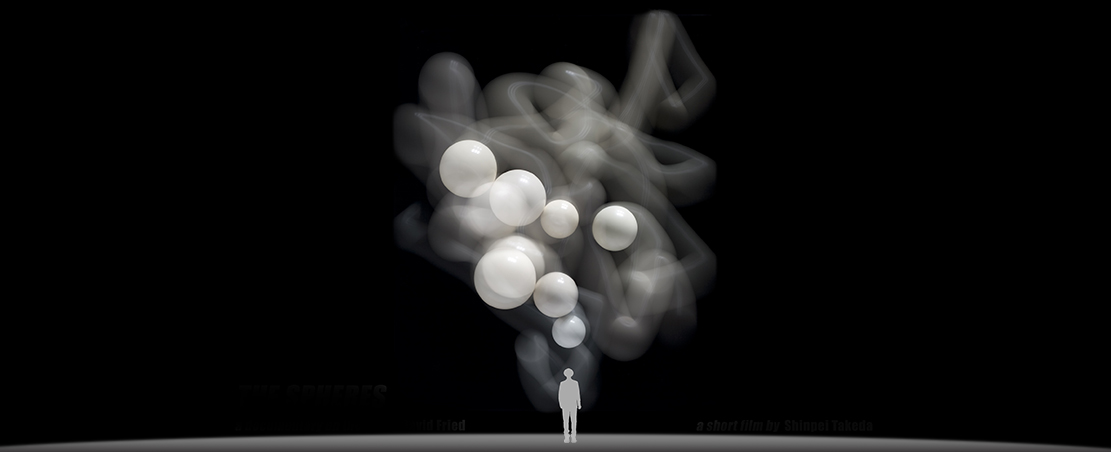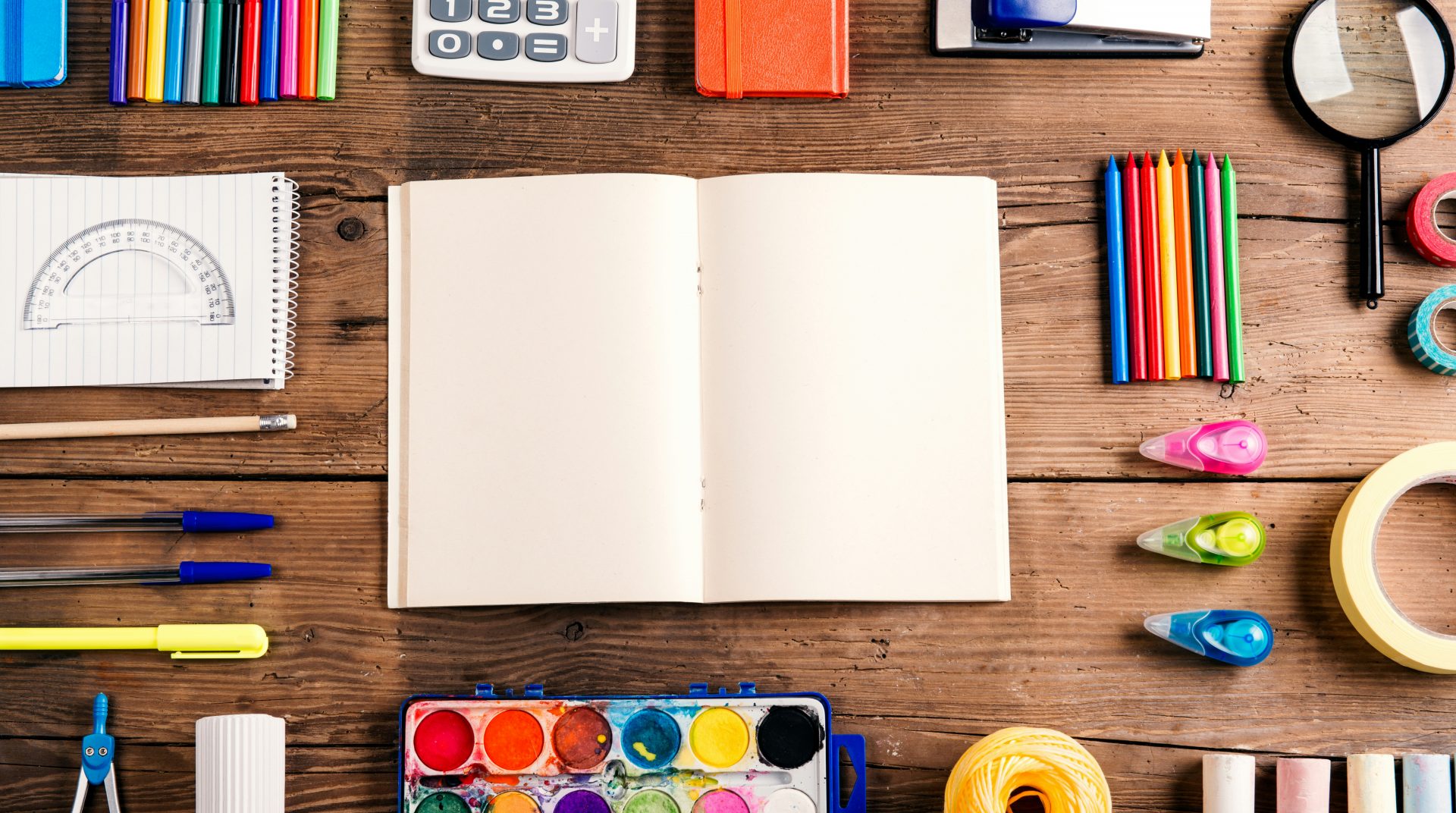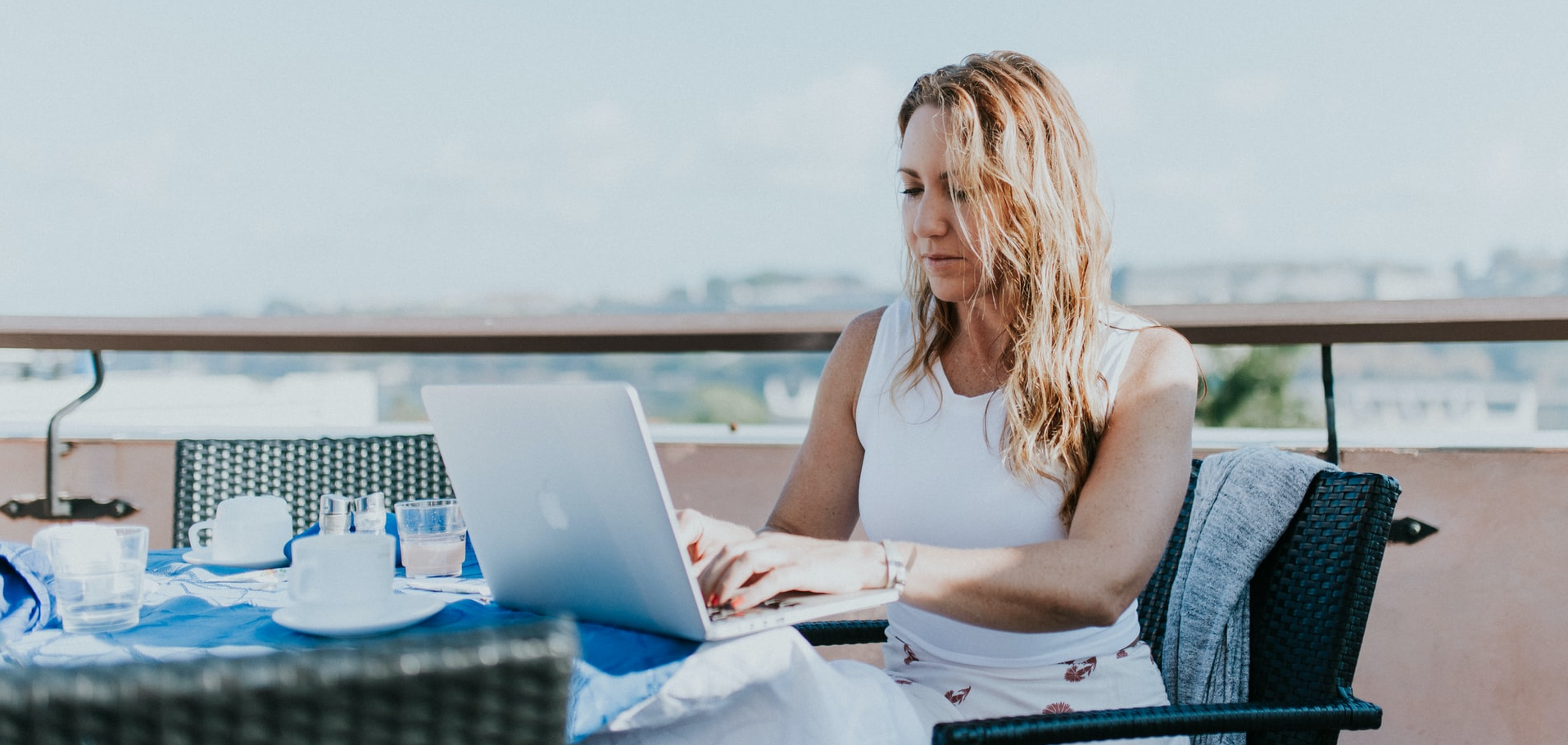The Wisdom Gap – where does common sense live?
I am so not a writer. I am a self-taught visual artist from the age of eight. As a drop-out from public high school, I became a pioneer of NYC Street Art in 1980, alongside my friends Hambleton, Basquiat and Haring. Today, I am a multidisciplinary visual artist. Now, so many years beyond my early evolution, I have been invited here to contribute something relevant in words rather than art, for this ambitious, inclusive and far reaching forum, on all our evolution.
Don’t worry, it’s not an opinionated rant, nor a scholarly bore of what you already know, but rather an observation on observations that I imagine can spark your imaginations. Food for thought.
Along with all my personal passions involving curiosity, creativity, nuanced thought, and critical thinking, coupled with the innate dare to love, be playful and provoke meaningful humor, I am continually amazed at how much we have been able to achieve using the “scientific method” to construct consensus facts about the truly fascinating nature of the universe, and ourselves.
Science is not dogmatic, and so–at it’s best–is a never ending process of proving itself wrong. Yet along with it’s great near-global leaps and bounds in philosophy, biology, nutrition, medicine, ecology, astronomy, physics and technology, I remain puzzled as to how so many people, still view the nature of things as a linear “clockwork universe” and for that matter, even still believe in the ‘invisible man in the sky’. I for one would say that “chaos, chance and time, are my god and muse”, a kind of self organizing interdependent feedback system of emergent complexities, operating far-from-equilibrium. Well, don’t take it from me…we all have a multitude of knowledge and beliefs.
Belief systems, like ingrained common sense notions, myths and religions have and will likely always act as a guide, or a moral compass for us all to some extent. They serve as a go-to point in order to relieve us from deliberate and critical thought when encountering highly complex situations, which one can not immediately grasp, comprehend or explain the rational behind, in the daily onslaught of anxieties and existential threats we face.
Yet, as we advance so rapidly with our technologies and ensuing desires–where the only constant is constant change–it would seem that our levels of wisdom can not keep up the same pace at all, as we cling to old maps and rules to navigate this rapidly changing landscape.
Obviously we do not have thousands of years to perfect our usage of say–our ‘smart phones’–like we did a hand ax, or the evolution of clothing and shelter. In our more contemporary societies, we can barely master any new gadget before it becomes obsolete.
So, in this anachronistic space between rapid technological advancement and common sense beliefs, I see what I call a widening “wisdom gap” in the making.
Add onto that, the growing forums of those who will even deny solid facts in favor of personal or tribal beliefs and insane conspiracies. I actually recently encountered a young American “Flat-Earther” who was our waitress at a Chinese restaurant in Germany. She boldly asked us at our table if we believed the Earth was flat or round. My Japanese friend and I were as kind and patient as possible by listening and answering in simple ways why we do not just believe, but how we know. Face to face, it was much more interesting for us to understand just how this person acquired her newfound beliefs that were obviously not taught in school. Yet, with all our collective knowledge, reason and critical thinking, we too have our own biases, and surely even an unconscious portion of brainwashing to some lesser extent too.
The seductive validation process of social media in general, seems to play against any pursuit of healthy good faith arguments, and can foster the wisdom gap to feedback on itself at an alarming rate. This kind of echo chamber is even influencing our flawed, yet best system of governance by democratic majority rule. If public sentiment alone is what rules in an advancing age of “idiocracy”, how can we revisit common sense for the greater good?
We already have many of the technologies we need to envision much more efficient and sustainable solutions in so many fields, but how to employ them within a complex and asymmetrical society with equally keen wisdom?
Let’s jump back to an earlier time. I’d like to offer an example of a common sense revelation from my own childhood, and how a single image moved me–and in fact the entire world–to rethink an old ingrained belief.
In 1968, when I was six, and those of us who were alive back then, all saw the photo of the Earth rising over the Lunar surface for the first time. (photographed by Bill Anders, Apollo 8 mission) This image, while taken by a human who was so moved by what he saw, was not made with artistic intent. Yet, it was made possible by countless visionary and innovative people that delivered him to that unique perspective, and so to witness, and capture it for all of us.
What did we see? A magical ‘blue marble’ in the cold and dark vacuum of space. We could all intuitively see the Earth as an absolute and finite resource, with infinite possibilities for life. We felt it! We could grasp that Earth is a true oasis in an otherwise hostile environment of space, and that we are all ‘in the same boat’.
Long before this Apollo mission, and the term ‘sustainability’ came to be, scientists understood and predicted many of the problems we are now facing with regards to climate change and environmental impact due to dwindling critical resources, pollution and overpopulation etc. But it was this single iconic image, not the science, which made such a huge intuitive impact on humankind’s common senses.
When I first saw this Earth-rise image, I remember thinking to myself: Ah! Then the old common sense saying I was told: “You should not shit where you eat” (a local adage when referring to hygienic habits–or talking bad about people behind their backs) is totally and utterly wrong! Why? It seemed so instantly obvious because we could see: “There is no elsewhere!”.
Yet, that common sense saying isn’t really all wrong at it’s core, only it’s common interpretation certainly was.
It seems clear now, in a global society, where all species matter, how interdependent all things truly are, how precious clean water is, which foods are nutritious without a great tax on resources, and that if we even manage one day, to be kind to all of humankind–while disrespecting all other life forms and their immediate ecosystems–we hurt the very environment that sustains us.
So, my amendment to that old saying “Don’t shit where you eat” is plain and simple: as there is no elsewhere, we must therefore “Learn to shit where we eat”.
This may sound overly simplistic, but isn’t the failure to flip so many old global common sense understandings on their head, one of the main reasons why sound philosophy and basic science don’t get as much traction as they could in general populations from the bottom-up and the top-down?
Let’s think back to some examples of how the ‘wisdom gap’ has been co-defined by generations of key communication technologies that have moved most of us all forward, along with their unintended consequences regarding beliefs.
Let’s start with the Gutenberg press–a liberation for the mass spread of information, but what information? It wasn’t long after many gained the right to actually learn to read, that the populist term “to lie like the print” was born. Fast forward to the populism of photography, where the strong notion arose: “a picture is worth a thousand words”, in spite of the relatively subjective role a photographer and editor may play. (nevertheless, thank you photography for liberating painting from it’s deceptive role!). On through the graphic revolution–beyond simple cut and paste manipulations of yesteryear–the digital era brought us powerful image editing tools like Photoshop. This has led to a new populist notion: “an image lies like a thousand words”. We now create whole motion pictures with computer-generated imagery that are as realistic as can be. Video “deep fakes” will be a coming challenge and threat to our belief systems for generations to come. A.I. is a whole other serious challenge to how we may or may not wisely adopt to the very technologies we create.
So with every new form of useful technology, mostly born of progressive revelations, innovations and profit than of any wise or even thought-through long term purpose, we get mistrust, and a feedback loop of unintended consequences.
How can we evolve toward a global consciousness in the face of such continual mistrust of the very technologies and information so many now have at our fingertips? We are in constant cycles of looking to science and technology as our saviors, yet are continually failing to adapt and internalize the understanding and very message each medium’s potential carries with it.
Here an excerpt from my 2022 poem: “All Facts Matter”
Free in faith to believe in what we believe
When hearsay masquerades as unbiased research
There is a wealth of credible facts to retrieve
Far from the comfort zone of a prejudiced perch
Looking back – could we forever predict
That information technology at a finger tip
Could turn critical thinking resolve so contradict
That its enlightening purpose would lose its grip
Looking forward – for choosers of the ‘Red Pill’
There is no debate or wisdom without the will
To inform from all sides before facts can reign
To liberate curiosity and truth from delusion and pain
The future is never a given
But it can brightly act
All past is forgiven
When we can agree on what is fact
Let’s revisit common sense again under the light of today’s digital information age and social media. It should be a given that anything you see and hear may be lies, misinformation, crazy ideas–and that yes, they are free to say it–but it is oneself that needs to adapt to these new conditions, to practice a new and updated form of common sense and critical thinking when evaluating any information. Censorship will never achieve what a curious and skeptical mind-set can. There is no bold and just authoritarian cutting of this ‘Gordian knot’.
I think that the lack of a populist mind-set shift is at the very heart of what ails conviction and momentum toward bigger picture change. As for top-down, sure we have amazing and powerful individuals, scientists, philanthropists, governments, organizations and institutions and companies doing great work, who engage in local and global issues, open dialogue, suggest better approaches or systems, who actually manage to change minds on approach and projects for the mutual benefit of many.
As for the bottom-up, let’s revisit the 60’s again: Every era has it’s drugs. Psychedelics with a long shamanistic history is one thing, but then came LSD. For any who are not “experienced”, this drug essentially makes you question everything you think you know. It changed the perceptual habits and critical thinking of millions globally, and not only, but especially a younger generation than those in power. Emerging from a societal period of conformity and it’s de-individualizing aspects, LSD along with other more typical probing and investigative forms, especially in the face of inequality and injustice at the time, helped many discard their old beliefs and delusions in favor of seeking truth. A “perfect storm”.
Today, many of the prevalent synthetic drugs of our time would seem to have the opposite effect, like Opiates and Methamphetamine. But I would say metaphorically, that there is an even stronger global addiction to another synthetic: social media’s ‘like’ and ‘follow’ buttons. If seen as a ramification, this sets a generation of virtual ‘belonging addiction’ forth, in real-life dysfunctional communities, that allows for like-minded bubbles to form in an otherwise seamless–and all too often–confrontational world. A drug-like physiological comfort-zone, if you will.
So, as an artist–someone who is by nature somewhat pathologically driven toward the exploration of truths–while I have no viable solutions to many global issues, I can only lead by personal example, and can only ask: How can the arts and culture bring more everyday awareness to people–especially to those who are privileged to have choice without immediate dire consequences–concerning and correcting the multitude of old ingrained, false common sense beliefs that are threatening our very own well being?
Obviously besides awareness, artists and activists can not impose regulations, incentives or penalties to industry and businesses., though we can boycott. Governments and industries need to adjust the rules of market economies so that it is not a fast-track to the bottom. The bottom-up needs to be less selfish as well. We need to stop demanding only “better, cheaper, faster” as our own bottom line.
Those who have any quality wisdom to share at all, will continue to pass them along. The arts are a wide and open field of music, performance, poetry, prose, visual arts of so many kinds, yet, most artists do not directly address the issues of dire current events in their art. In my mind, it’s not an attempt to stay above the fray, but to be timelessly relevant. And specifically reactive messages are often conveyed better and more comprehensively by other means like books, journalism, activism, community organizers, etc. The arts are here to make you think and feel for yourself. To dot your own connections. To feel like it is all about how you yourself perceive things.
And let us not forget that contemporary artists are by and large not famous or even have access to the market, and are people who are truly dedicated to producing value, without any demand at all. Just think of lovely Van Gogh.
We always seem to think that it’s only the art an artist makes that can move millions of souls. In my experience, it is often the artist themselves–as a person–who can touch others in so many more ways, and share their individual wisdom and integrity more direct and diversely than their art itself may ever hope to. Some of the most minimal artists, including myself, are in person not minimal at all. Artists may incorporate distilled socio-philosophical context behind their creations, but in person, be completely outspoken and ready to debate any relevant topic that their art does not touch on.
To sum up, it is up to each one of us, not only in our work, but in ourselves, to affect real change. In any field, in the face of powerful agendas, greed, corruption, disinformation, and incremental normalization, and the resulting dumbing-down of a global society that has all the means it needs to seek the truth, Darwin’s quote comes to mind: “It is not the strongest of the species that survives, nor the most intelligent that survives. It is the one that is most adaptable to change”.
Whatever work you do, your job alone does not define you. You and your choices define it. We have become so successful as a species, we must redefine our common sense with wisdom and resolution toward a visionary role commensurate with this enormous responsibility.
Let me leave you with one other major personal upside-down common sense wisdom from me to you: “Freedom is not about how independent one can become in any sense. True freedom is a measure of how integrated and interdependent one strives to be”.
We all have ‘skin in the game’ on this magnificent ‘blue marble’.
David Fried
15.05.2022
Catch the live panel discussion tabled by Horasis on Thursday, May 19th, 2022.
20.00-20.45 CET | The Arts: Envisioning Meanings, Transferring Hope



